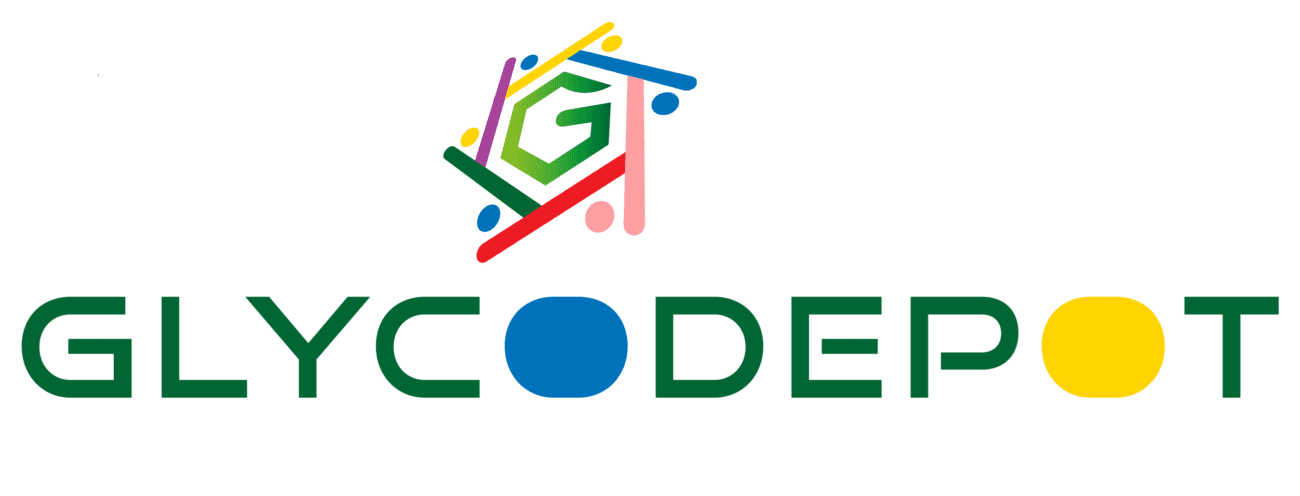Methyl β-D-thiogalactopyranoside is a chemically synthesized thioglycoside derivative of β-D-galactopyranose, in which the anomeric oxygen is replaced by sulfur bonded to a methyl group. This structural modification confers enhanced stability against enzymatic and chemical hydrolysis compared to traditional O-glycosides, making it a valuable glycosyl donor and intermediate in synthetic carbohydrate chemistry. The compound usually appears as a white crystalline solid with high purity. It has the molecular formula C7H14OS and a molecular weight of approximately 154.25 g/mol. Methyl β-D-thiogalactopyranoside is prepared via thiolysis of protected β-D-galactopyranosyl precursors with methyl mercaptan or equivalent methods, followed by chromatographic purification. Analytical confirmation includes NMR spectroscopy, mass spectrometry, and chromatographic assays, ensuring purity typically exceeding 95%, and it is free from microbial contamination due to controlled synthesis. The compound is stored sealed under refrigerated conditions (2–8 °C), away from moisture and light, with a recommended shelf life of 1–2 years. It is extensively applied in glycosylation reactions, medicinal chemistry, enzyme substrate research, and molecular probe design in glycobiology, supporting advances in carbohydrate-based therapeutics and diagnostics.
IUPAC Name
- Methyl 1-thio-β-D-galactopyranoside
Appearance
Source
- Synthesized by chemical thiolysis of protected β-D-galactopyranosyl compounds with methyl mercaptan
- Purification via chromatography under strictly anhydrous and controlled conditions
Molecular Weight and Structure
- Molecular Formula: C7H14OS
- Molecular Weight: 154.25 g/mol
- Structure: β-D-galactopyranose ring with sulfur at C1 bonded to a methyl group
- Thioglycosidic linkage confers resistance to enzymatic hydrolysis
Sugar Specificity
- Retains β-anomer configuration of D-galactopyranoside
- Functions as a stable glycosyl donor with predictable stereochemistry
Biological Activity
- No inherent bioactivity
- Used as a synthetic intermediate and substrate analog in biochemical and medicinal chemistry studies
Purity and Microbial Contamination
- Purity generally above 95%, confirmed with NMR and chromatographic analyses
- Negligible microbial contamination due to synthetic origin and handling procedures
Identity and Quality Control
- Confirmed by 1H NMR, 13C NMR, MS, and HPLC purity profiles
- Supplied with Certificates of Analysis and Safety Data Sheets
- Includes batch-specific melting point and optical rotation data
Shelf Life and Storage
- Store at 2–8 °C, tightly sealed
- Protect from moisture, heat, and light exposure
- Shelf life typically 1–2 years when stored under recommended conditions
Application
- Used as glycosyl donor in stereoselective synthesis of glycoconjugates and oligosaccharides
- Supports drug discovery and glycomimetic design
- Applied in enzymatic and biochemical studies of glycosyltransferases and glycosidases
- Enables synthesis of molecular probes for carbohydrate recognition
Key Characteristics
- Methyl β-D-thioglucopyranoside, thioglycosidic β-D-galactoside
- CAS Number: 5339-18-2
- Molecular Weight: 154.25 g/mol
- White crystalline solid, chemically stable and hydrolytically resistant
- Robust glycosyl donor with well-defined stereoselectivity
- Comprehensive analytical characterization ensures quality and batch consistency
- Stable under refrigerated, anhydrous storage for extended periods
Citations
- Cymit Química product data
- PubChem molecular profile
- Sigma-Aldrich catalog listing
- MedChemExpress chemical reagents
- PMC enzymology articles
- ChemSpider chemical database
- Synthose synthetic intermediates
- Patent literature on thioglycosides
- Thermo Fisher Scientific reagents
- ScienceDirect glycochemistry reviews

Reviews
There are no reviews yet.